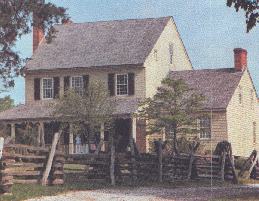Sully District Council of Citizen Associations

Presentations of interest to Sully District Council members

 Sully District Council Land use and Transportation Committee chair and Sully Transportation Advisory Commissioner Jeff Parnes with two additional Fairfax County Transportation Advisory Commissioners Alan Young (at large) and Kevin Morse (Braddock) at Dulles Matters Seminar
Sully District Council Land use and Transportation Committee chair and Sully Transportation Advisory Commissioner Jeff Parnes with two additional Fairfax County Transportation Advisory Commissioners Alan Young (at large) and Kevin Morse (Braddock) at Dulles Matters Seminar







Jim Hart had the following comments on the presentation:
http://www.sdc.org president2015 @ sullydistrict.org
Maintained by Jeffrey M. Parnes
webmaster2015 @ sullydistrict.org